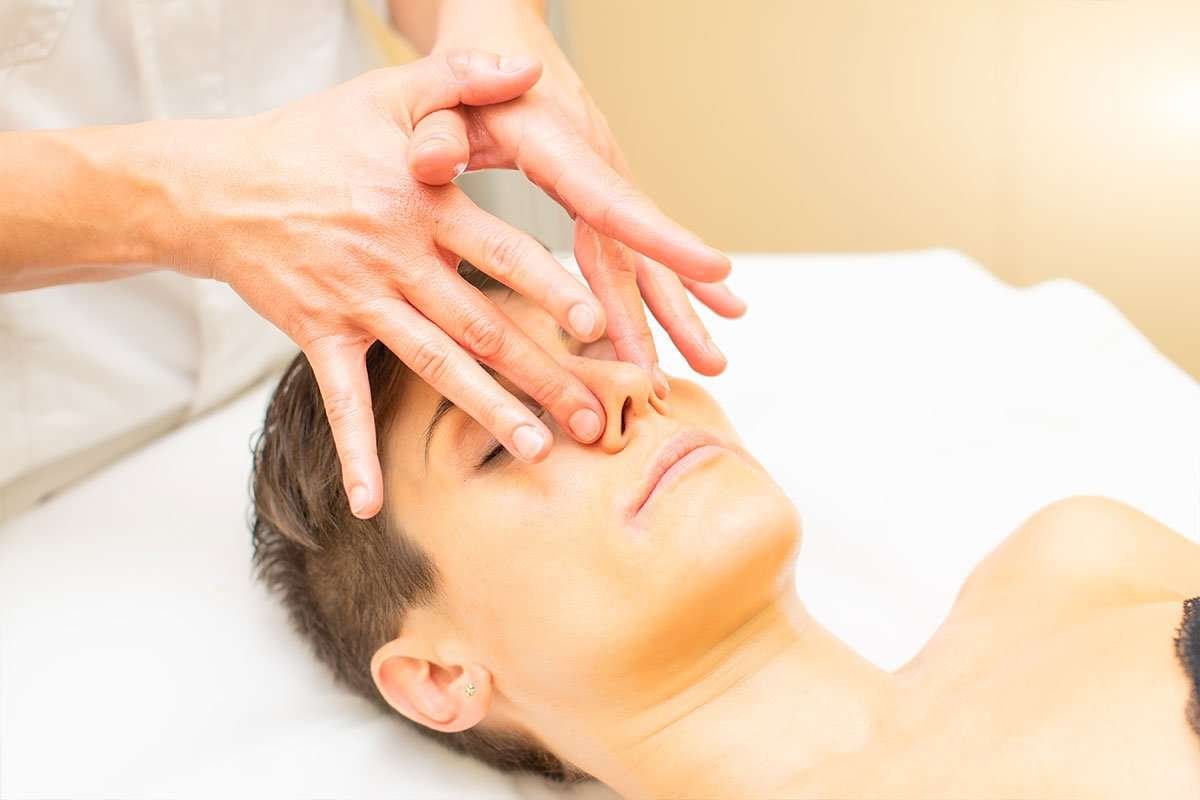What is a deviated nasal septum?
The nasal septum is the cartilaginous and bony part of the nose. The septum divides the nasal cavity (the inside of the nose) into right and left sides. If the septum is misaligned or tilted to one side of the nasal cavity, it is “deviated”. Medical professionals call this a deviated septum.
What happens if I have a deviated septum?
If you have a mild septal deviation, you may have few or no symptoms. If the septal deviation is more severe, it may affect breathing, cause headaches or lead to infections.
How common is a deviated septum?
Septal deviation is very common. It is estimated that up to 80% of people have a deviated septum.
Symptoms and causes of deviated nasal septum
Trauma to the nose can cause a deviated septum. Damage to the nose can be caused by:
- Sports.
- Falls.
- Traffic accidents.
- Being hit in the nose in an accident or fight.
A deviated septum may also be congenital or present at birth. The deviation may be caused by a difficult delivery or a connective tissue disease.
It may also be the result of normal development. As the nose grows, so does the septum, which can sometimes grow to one side. This is usually the most common cause of a deviated septum.
What are the symptoms of a deviated nasal septum?
People with a severely deviated septum can change the shape of their nose.
Other symptoms of a deviated septum are:
Difficulty breathing on one or both sides of the nose.
- Headache or pain in the face.
- Nasal congestion.
- Noisy breathing
- Nasal bleeding.
- Sinusitis (inflammation of the sinuses).
- sleep apnea
- snoring.
How is an abnormal septum diagnosed?
The health care provider will begin by asking you questions about your symptoms. They will perform a physical exam, which includes a thorough examination of your nose. They will look at the outside of your nose. They will also examine the inside of your nose by shining a bright light into your nostrils. You may see a specialist, such as an otolaryngologist or plastic surgeon.
What is the solution for a deviated nasal septum?
Most people do not need treatment for a deviated septum because they have few or no symptoms.
The treatment for a deviated septum is a surgery called septoplasty. If you have breathing problems, frequent sinus infections or other unpleasant symptoms, septoplasty may be right for you.
Who is a candidate for septoplasty?
If the symptoms of a deviated septum are severe, you may be a candidate for septoplasty. Your physician will evaluate your condition to determine the best course of action:
- The septum.
- Age.
- Health.
- Risk factors.
- Pre-existing conditions.
- Previous surgeries.
- Consumption of alcohol, drugs and tobacco
Can a deviated septum be prevented?
Some people are born with a deviated septum. There is no way around it.
If you do not have a deviated septum from birth, you can take steps to reduce the risk of injury. You can protect your nose in the following ways:
- Wear a mask or helmet while practicing sports.
- Wear seat belts.
- Avoid contact sports.
Always verify that your surgeon is endorsed by the Colombian Society of Plastic Surgery. You can see my profile as a certified plastic surgeon in this link: https://cirugiaplastica.org.co/author/ladron-de-guevara-cervera-johnatan-roy
If you want more information about the septoplasty procedure, before and after photos, recovery time and all the complete information you can click here.


